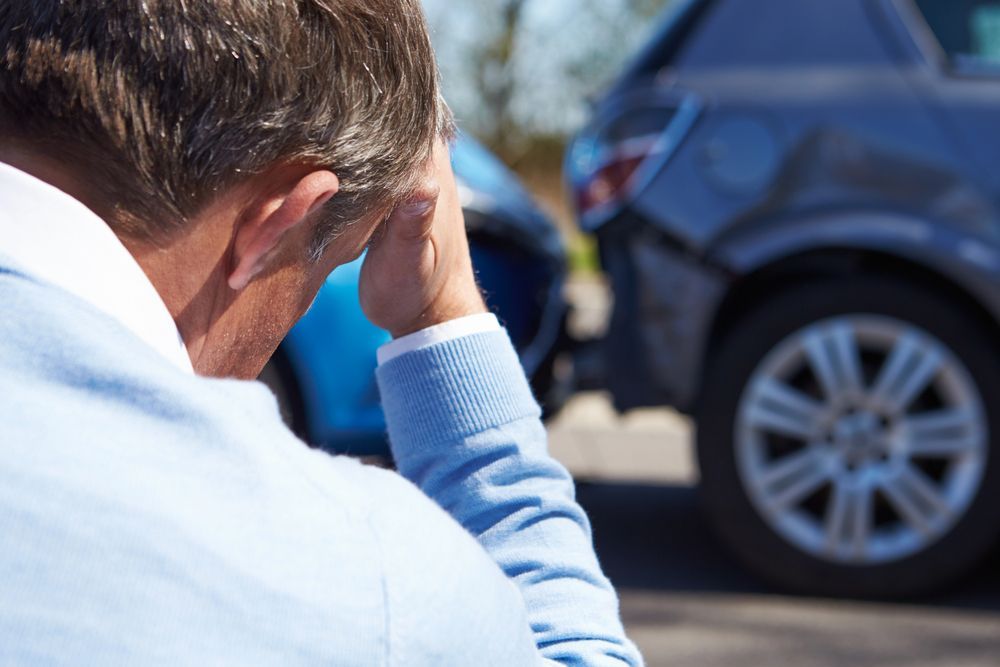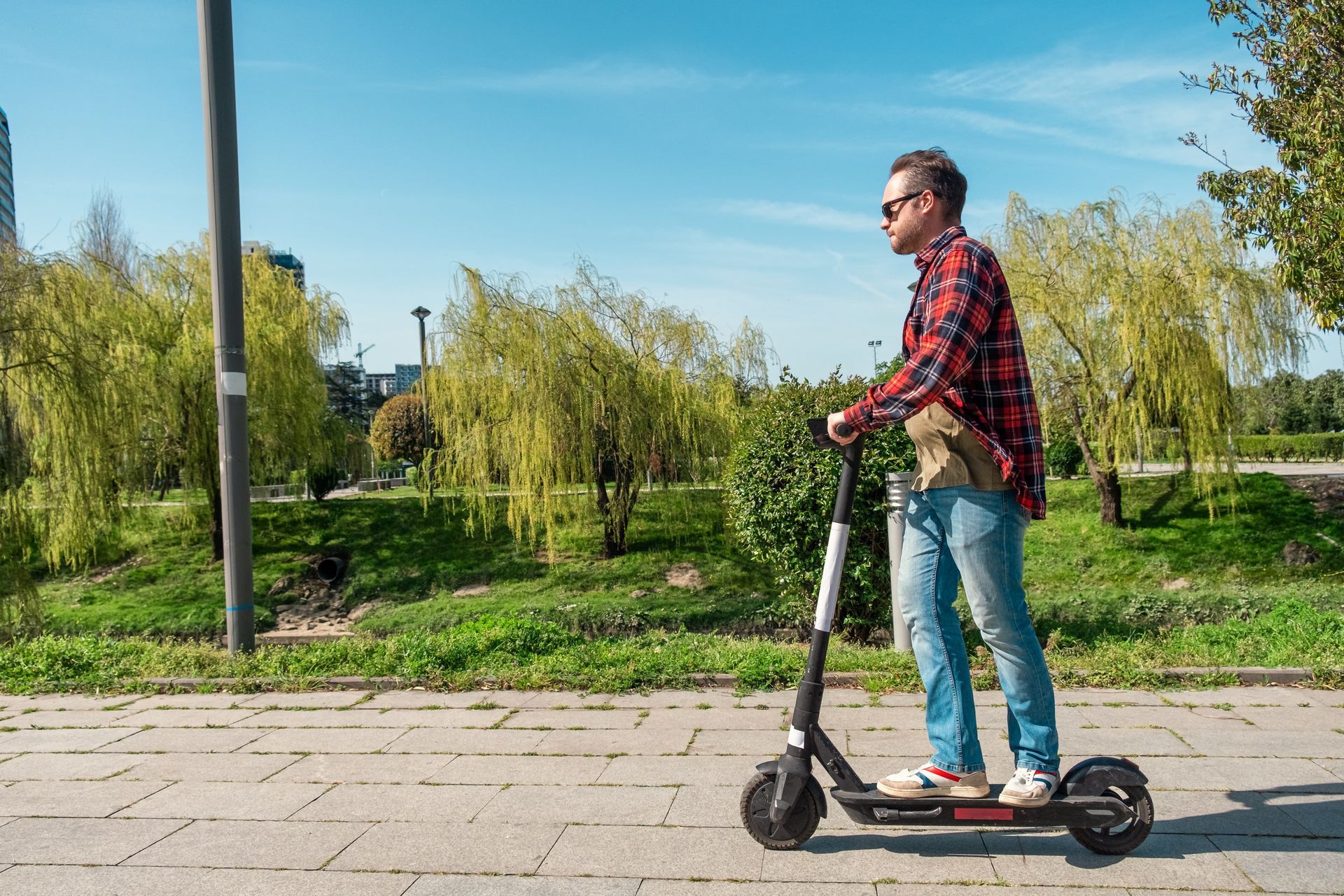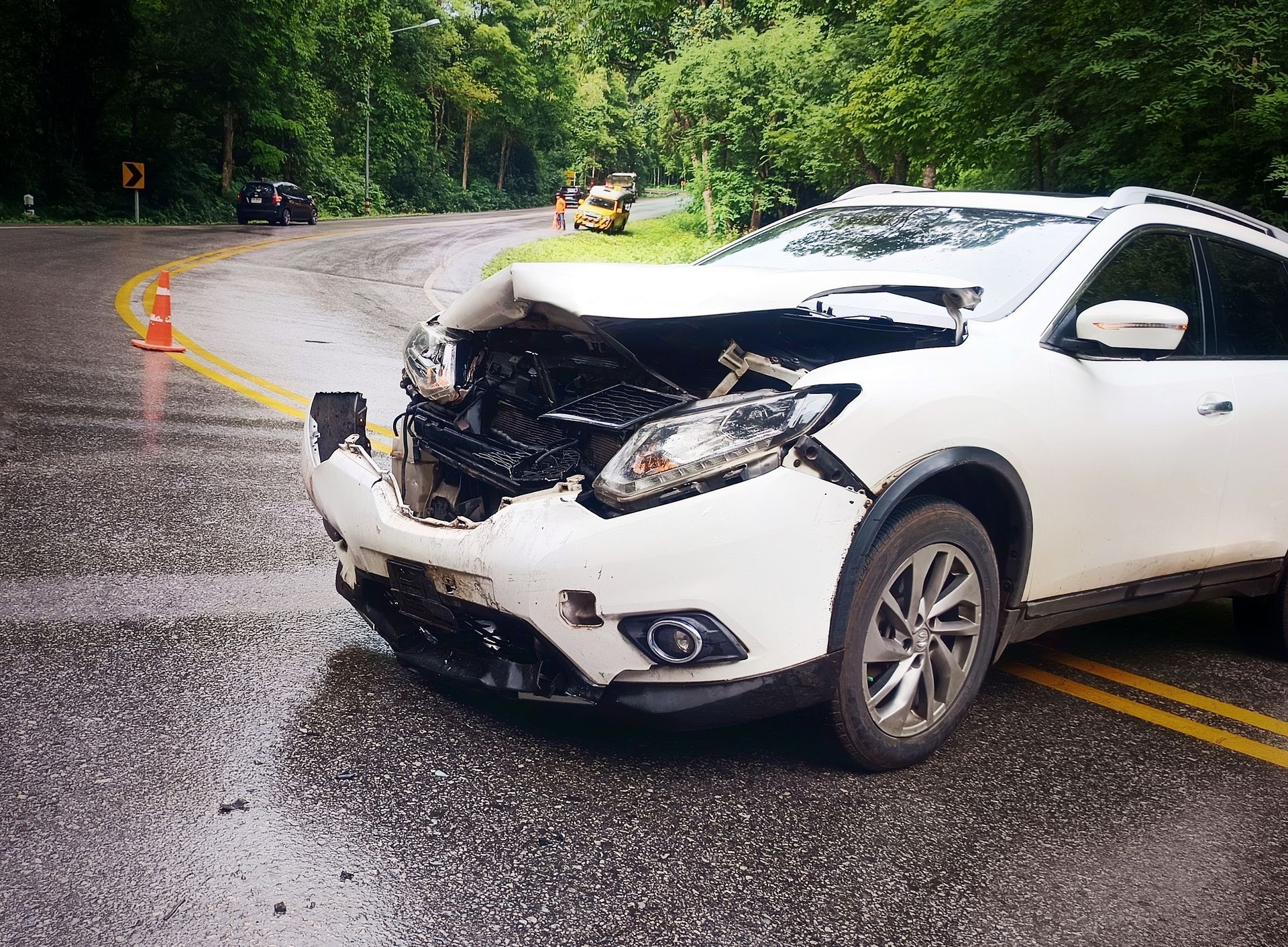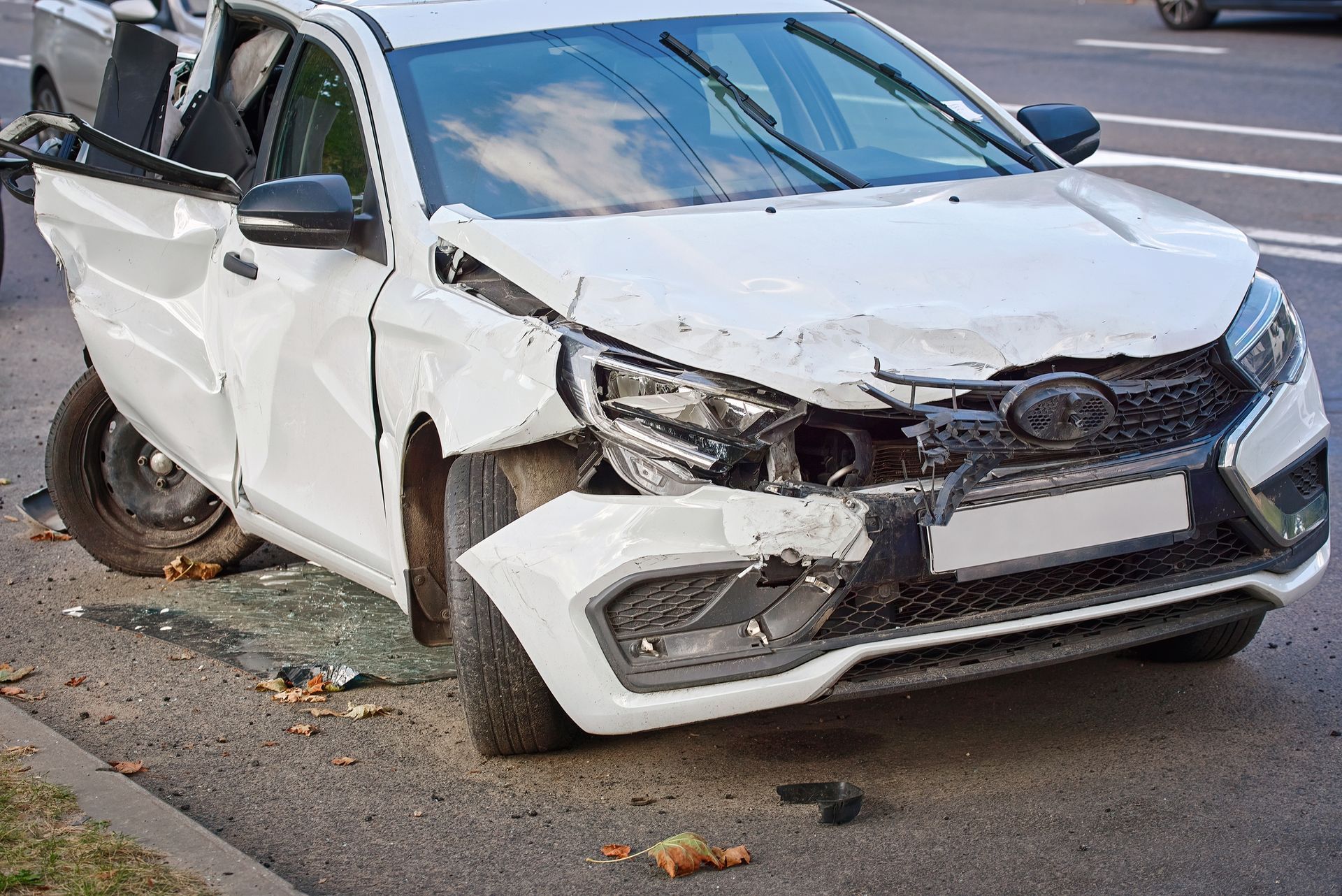Sargon Law Blog
Recent Blog Posts
What To Do After a Golf Car Accident: A Complete Guide
You might not think a golf cart accident is a serious concern when you're out on the course, but this type of vehicle incident is relatively common. They account for approximately 15,000 injuries in the United States every year, including those that lead to permanent disabilities or loss of life. While most occur on private golf courses, an accident can occur anywhere you drive a golf cart, including neighborhoods, main roads, and private property. If one happens to you, here's what you need to know.
Common Causes of a Golf Cart Accident
There are many reasons you could end up in a golf cart crash. There could also be more than one underlying cause that created the perfect storm, resulting in disaster. These are the most common reasons why you may experience an injury after riding in a golf cart.
Driver-Related
Just as with traditional automobiles, drivers have the ability to follow the rules of the road (or cart path) or break them. The operator of the vehicle could be the cause if they:
- Failed to stay on the designated cart path
- Drove recklessly while operating the vehicle
- Failed to stop, yield, or obey the speed limit in designated areas
- Drove while under the influence of medication, alcohol, or other drugs
- Failed to engage the parking brake
- Engaged in distracted driving
Both drivers and passengers can also cause injuries if they overcrowd the cart, fail to keep arms and legs in the vehicle while in motion, or stand while riding or driving.
Environment-Related
Sometimes a golf cart accident occurs not because of those who operate the vehicle but because of the current driving conditions. Even with careful, attentive driving, accidents can still occur when:
- Conditions are wet, muddy, foggy, or rainy.
- There is debris on the cart path.
- Loose gravel inhibits tire grip.
- Unseen dips, bumps, or potholes lead to loss of vehicle control.
- An animal or another golfer unexpectedly enters the cart path.
- Poor landscaping of trees and shrubs leads to impaired visibility.
Poor or unpredictable driving conditions can force the operator to make evasive maneuvers, unexpected movements, or sudden stops, meaning an accident is likely.
Vehicle-Related
In some situations, a golf cart accident can result from a problem with the equipment or vehicle itself. These can include:
- Faulty brakes
- Issues with acceleration
- Steering control problems
- Failure to hold a charge
- Wear and tear on structural components
While the manufacturer has a responsibility to create a safe and reliable product, the owner also has a responsibility to maintain, service, and replace the vehicle routinely and/or as needed.
10 Steps To Take After a Golf Cart Accident
When this unfortunate event occurs, you need to take action. Follow these important steps as soon as an accident happens, no matter where you are.
1. Ensure the Safety of Everyone Involved
Personal health and safety are always the top priority after any type of vehicle crash. Though golf carts aren't quite as heavy or prone to fires as automobiles on the road, they are still capable of leading to serious, life-threatening injuries. If a golf cart rolled over or crashed into an object, move away from the vehicle and maintain a distance of at least 10 feet. Check everyone involved for potential injuries and contact emergency health services accordingly.
2. Do Not Admit Fault
If you were driving when an accident occurred, never apologize or admit fault. This can seriously hamper your case in all legal matters. Even if you think you broke a rule, you never know what currently unseen or unknown factors were at play that also contributed to the accident. While it's important to show compassion to those involved, do it without saying you are sorry or taking the blame.
3. Contact the Police
It's a good idea to call the police after a golf cart accident, especially if it involves more than one vehicle. Many courses contain cart paths that intersect with nearby roads, so it is not uncommon for passing drivers to hit an unsuspecting golf cart after failing to yield or pay attention to the road. Even if the damage is minimal, it's important to hold others accountable. It can also be a necessary protective measure if things get heated in the aftermath.
4. Collect Witness Statements
Golf courses are busy places, so there's a good chance someone else witnessed the accident. Curiosity tends to get the best of people, and that can be advantageous when you need an eyewitness account of the accident. Before passersby leave the area, ask them to make a statement and collect their contact information so they can do so officially, if needed.
5. Take Photographs and Document Evidence
Cell phones are lifesavers for more than one reason: They make it possible for you to photograph everything at the scene for the officials, insurance companies, and legal representatives to reference while addressing your case. Photograph everything you can as quickly as you can, from vehicle damage and injuries to the surrounding area. Closeups and wide shots can both be helpful.
6. Contact a Reputable Injury Attorney
If you experience a golf cart accident, even if you have no noticeable injuries, you should seek legal counsel. Sometimes injuries can take days or weeks to appear and can still require medical care. If you have to pay hospital or doctor bills, participate in physical therapy, or purchase medication, a lawyer can help make sure those funds don't come out of your pocket if you are not at fault. You could also be eligible for repayment for vehicle and property repairs.
It's important to reach out to a Phoenix motor vehicle accident lawyer as soon as possible. The longer you delay this step, the smaller your chances of developing a strong case with accurate details for faster results. Keep in mind that the statute of limitations in Arizona for personal and property injuries is only two years, so act quickly.
7. Contact the Proprietor of the Course
When an accident occurs on a golf course, it's your duty to let the owner know. Contact the clubhouse and speak with whoever is on location so they can visit the scene and take the next steps. Depending on the severity of the accident or the conditions that caused it, they may need to close part or all of the course until they can address and resolve every issue.
8. Contact Your Insurance Company
If you own the cart or were the one driving it, you may need to reach out to your insurance company to start a claim. Even if you were not at fault, this step helps ensure you aren't on the hook for huge expenses and repairs. Depending on the situation, they may send a representative to the scene or ask you to take detailed photos or videos of the damage.
9. Seek Medical Evaluation and Care
After a golf cart accident, you should see a doctor for an assessment and treatment, even if you have no visibly serious injuries. Some of the most severe and painful issues aren't apparent to the untrained eye and only get worse over time. It's best to see a medical expert immediately after the event; waiting for a day or two can make it more difficult to prove that a specific injury was the result of the accident and not from something else that happened in the meantime.
10. Keep a Detailed Record of All Resulting Expenses
Once you see a doctor, ask for individual and detailed statements for every appointment, procedure, and treatment. Keep paper and digital copies of these in a safe place for future reference. This is true not just for problems with physical health but mental health as well. You also need documentation for lost wages and repairs to your personal property.
Common Injuries Caused by Golf Cart Accidents
There are dozens of ways you could injure yourself in a golf cart accident. Many people assume these fun and simple vehicles could never be dangerous, but in truth, they can be deadly in certain conditions. Most often, people experience mild to moderate injuries after this type of crash, such as:
- Cuts, scrapes, or road rash
- Bruising
- Broken bones or teeth
- Whiplash
However, in more serious cases, a golf cart accident can cause:
- Concussions or other head trauma
- Hemorrhaging, both internal and external
- Paralysis Death
Most fatalities occur when another vehicle hits a golf cart, but this can also happen after a sudden impact or a loss of control that leads to an overturned vehicle. While most newer models come with seatbelts, older ones still in use today do not. Even so, many drivers choose not to wear them while riding or driving, making any resulting injuries much more serious.
While any type of injury can be traumatic in the short term, it is the long-term consequences that can be the most troublesome. Some issues may not heal completely, even with time and the best medical care, resulting in a lifetime of pain or limited mobility. This can affect every other area of your life, from caring for your home, yourself, and your family to maintaining your job status. Chronic health conditions resulting from an accident can also hamper your overall quality of life.
Determining Fault for Golf Cart Accidents
Sometimes it's clear who's to blame for a cart crash; other times it can be a little confusing. Keep in mind that it is not your responsibility to accept, assign, or determine fault in this or any type of vehicle accident. This burden rests on the Arizona justice system.
The Driver/Operator
Often, but not always, the operator of a vehicle is at fault in a golf cart accident. Because golf carts are small and relatively easy to use, drivers tend to exercise less care and caution, even though newer models can reach speeds of 25 mph or more. Many parents assume young teens can safely operate one, but in Arizona, all golf cart drivers must have a valid driver's license, making the minimum legal age 16 for driving one. If the driver was under the age of 18, the parents or guardians may have to assume financial responsibility.
The Property Owner
If you have a golf cart accident at a golf course, the proprietor may be to blame. Failure to maintain the course, the cart path, or the cart itself can put the owner or club at fault for an accident. They could face a legitimate lawsuit if the groundskeepers do not:
- Routinely landscape to ensure driver visibility
- Keep the cart path clear of obstacles and debris
- Clearly mark unsafe or undrivable areas of the cart path and restrict them from use until repaired
Proprietors are also responsible for the routine inspection, cleaning, upkeep, and servicing of all carts on the property. This can include:
- Charging all batteries on a daily basis
- Checking tire pressure and adding air as needed
- Maintaining proper water levels in the batteries
- Inspecting the lights, steering, brakes, mirrors, and horn
- Cleaning the battery routinely
When failure to maintain any property results in an accident, the owners are likely to blame.
The Manufacturing Company
Not all products are high quality. Sometimes a faulty device, poor construction, or shoddy assembly at the production level can lead to safety issues down the road. If a problem with the golf cart itself (not related to wear and tear or driver error) causes a crash, your legal team will likely go after the company that manufactured the golf cart for monetary compensation.
After a Golf Cart Accident, Contact Sargon Law Group
There's nothing like the fun of enjoying the beauty of Arizona and the thrill of competition on the golf course. Unfortunately, even a minor incident with a golf cart can turn this pleasurable pastime into a nightmare. If you or someone you love experiences a golf cart accident, it's important to act quickly. You need professionals on your side who can help you get the support you need and the compensation you deserve. At Sargon Law Group, we specialize in personal injury cases in the Maricopa County area. Contact us today to learn more about how our Phoenix personal injury attorneys can help you through the entire legal process.





